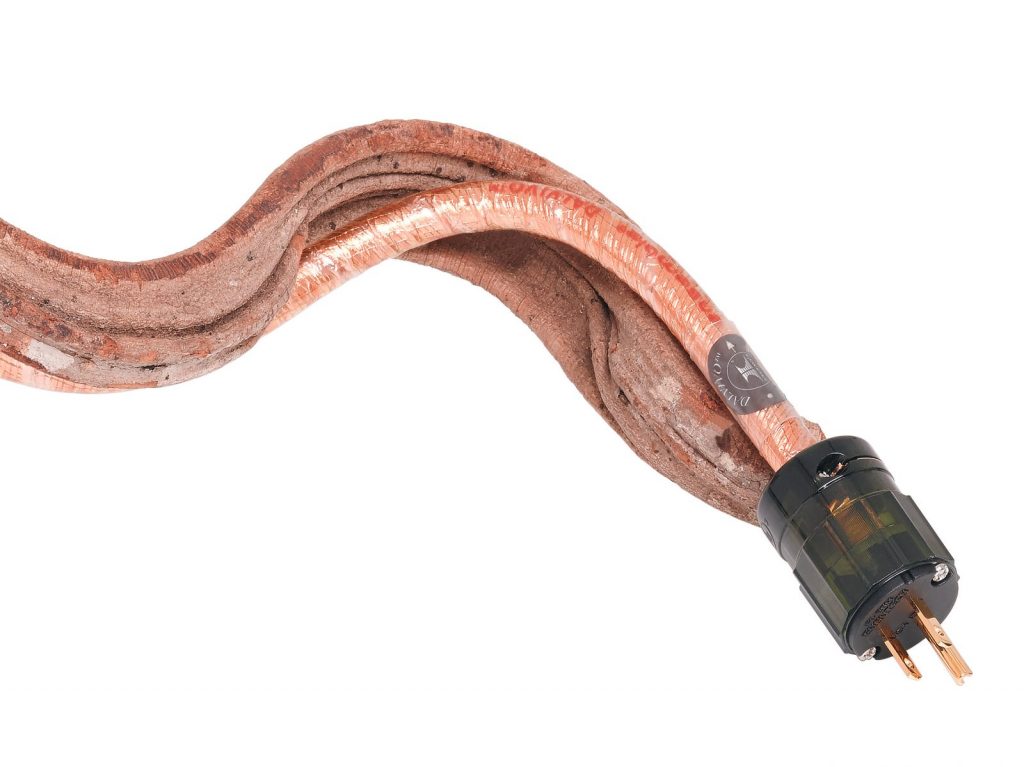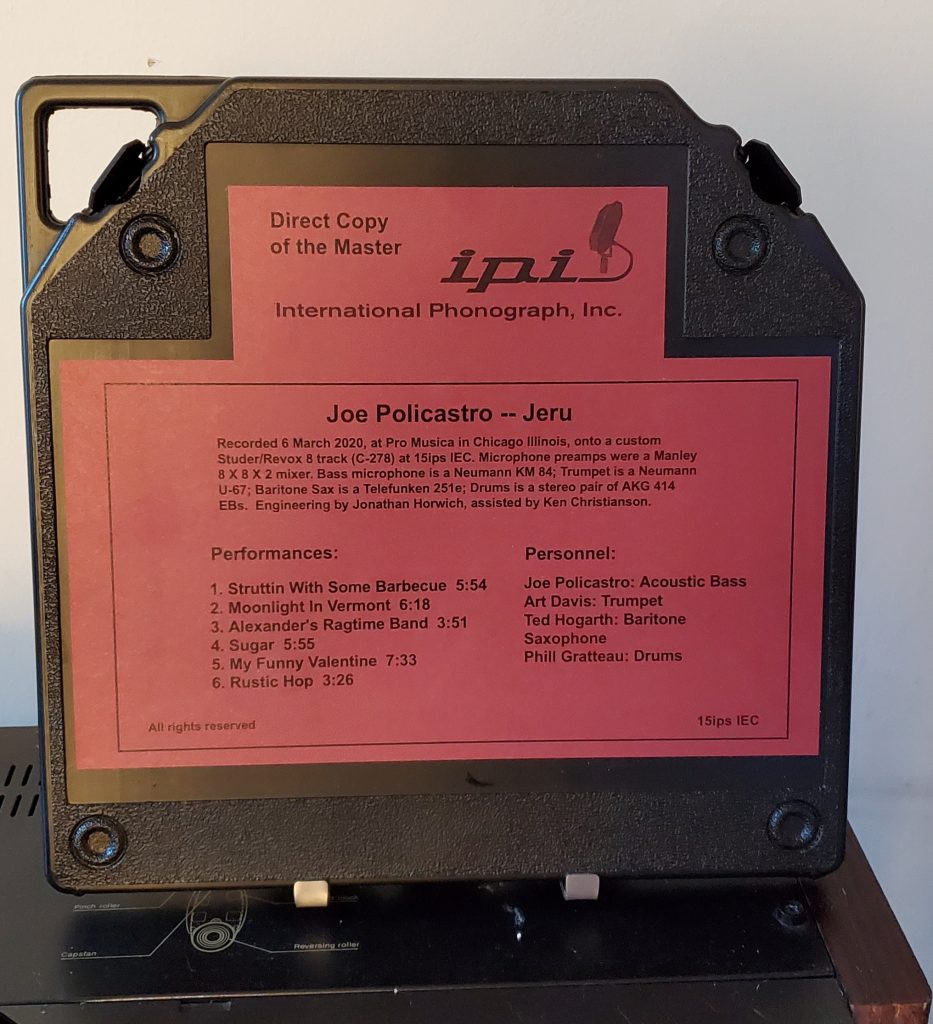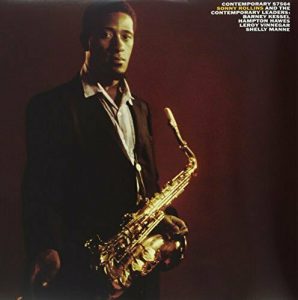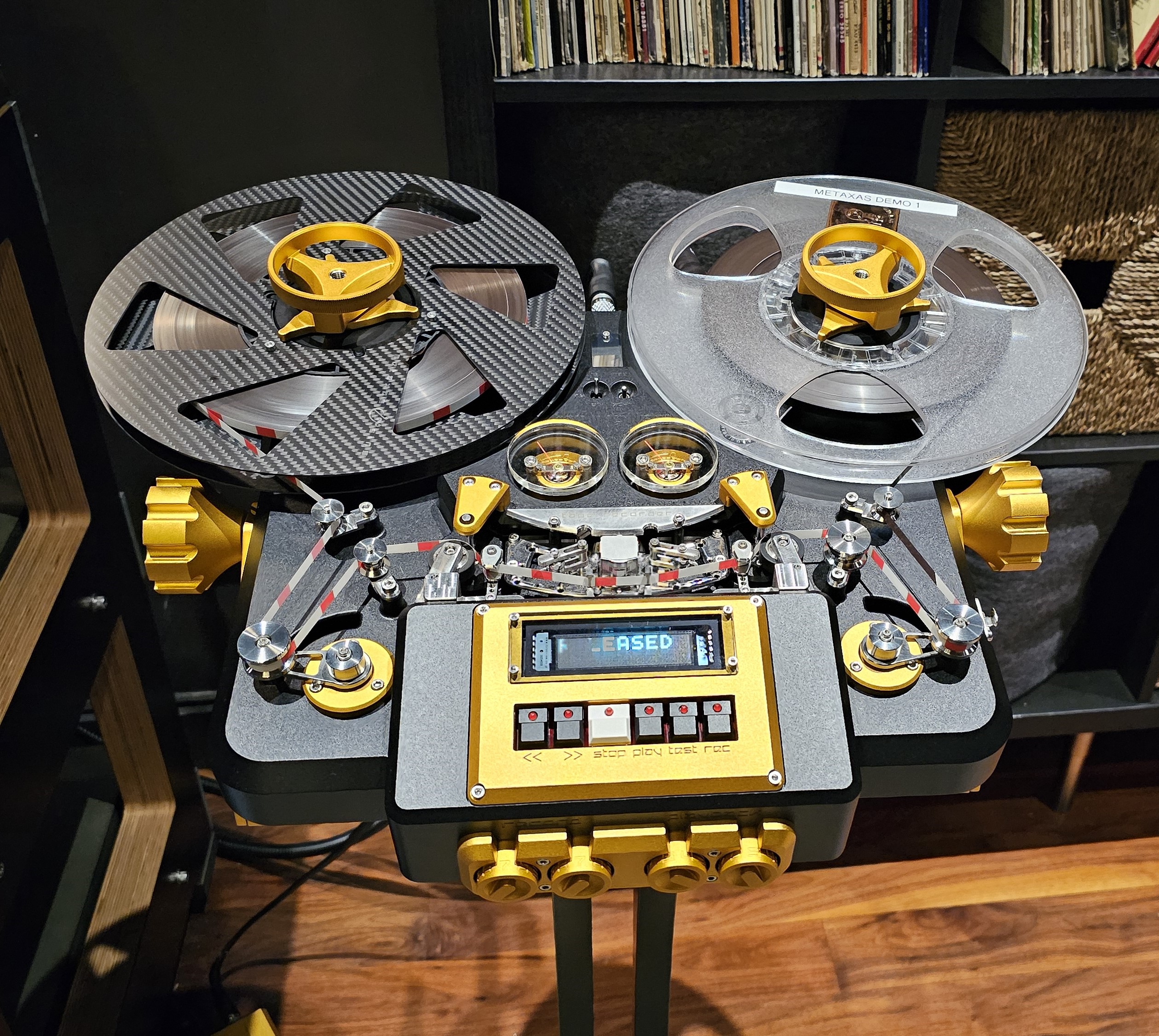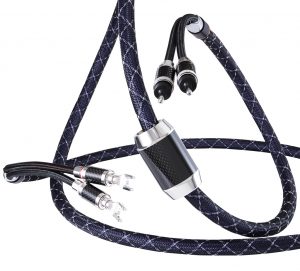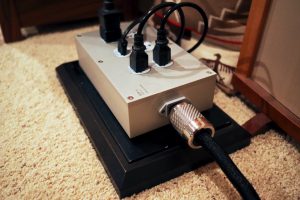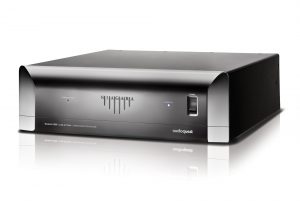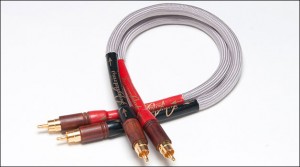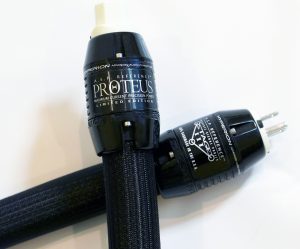To quote that famous Bronx born comedian Robert Klein, "It's hard to believe, I know it is." Yes, it's hard to believe that twelve years have passed since my last power cord review (ESP's Essence Reference power cord for Inner Ear magazine.) Don't mistake this break, however, for not appreciating the importance of or hearing the sonic differences between AC power cords. No. The main reason for my shying away from tackling the subject lies in power cords' somewhat unpredictable nature. Results can not only vary from system-to-system but component-to-component. That goes quadruple when mating after market power cords with large wattage power amplifiers. Power cords can (among other things) audibly compress dynamic range and degrade amplifier performance.
Power cords, plugs, and especially AC receptacles can significantly reduce the noise floor, harshness, grain, hash, and brightness of an audio system. More to the point. Maintaining a tight and clean connection between the AC plug and receptacle is essential. Dropping the system's noise floor results in greater resolution, micro-details, and ambience, not to mention an ability to peer further into the soundstage. Nor is there any need to artificially enhance say, the upper midrange region in order to artificially retrieve more information (circa '90s high-end audio equipment).
The "sound" of power cords can, in my experience, be broadly lumped into two "camps:"
- Cables that are detailed, neutral, clean, and transparent, but lack midrange presence and harmonic integrity;
- Cables that are easy to listen and possess a nicely fleshed out midrange, but aren't necessarily the most linear sounding, extended, or uncolored.
Hooking Up
So here goes despite my aforementioned reservations.
My latest encounter with Ensemble's top power cord offering (back in the 90s I reviewed a complete Ensemble system including cables) occurred during the review of Ensemble's Massimo Fuoco hybrid integrated amplifier. (Stay tuned for more about this little gem.) The Massimo Fuoco was initially auditioned using some interconnect and speaker cables that were in house; then Ensemble importer Gideon Schwartz suggested trying the company's own cabling since designer Urs Wagner is a firm proponent of the total system approach. Initially—and in retrospect incorrectly—I attributed the sonic improvement to a synergy among the Ensemble products. But it became apparent the longer I listened that the Ensemble wires and power cords were simply better.
Eventually the Massimo Fuoco integrated amplifier departed for greener pastures, but my interest in these power cords remained keen. So I reached out to Gideon Schwartz to see if it was possible to obtain a couple more of Ensemble's top-of-line Dalvivo power cords to audition with my reference electronics including conrad-johnson's GAT Series 2 preamplifier and Doshi Audio's V3.0 phono and tape stages. In addition, the Dalvivo power cords are hooked up to the Goldmund Telos 280 stereo power amplifier and Mimesis 37S Nextgen preamplifier currently in house for review. Ensemble's Dalvivo power cord—unlike many interconnect or speaker cables or power cords that have come this way—sounded very good right out of the box, and only continued to improve with time. One thing that years and years of listening to cables has taught me is that cable's basic fundamental "signature" never changes. Bright cables may tone down, frequency shy cables may get more extension, dynamically limited cables may open up, etc. But that character never completely resolves.
Let The Music Begin
Balance is the Dalvivo's calling card. No one area draws attention to itself to the detriment of another. The lows, the midrange, and the upper octaves are all cut from the same sonic cloth. No, "wow check out that huge soundstage." No, "holy crap listen to that detail." No, "what amazing bass." No. These power cords simply step aside and let the music flow naturally and effortlessly. Moreso, these power cords prove the exception to the above rule and marry the two "camps" of power cable sound. Nor are the power cords by any stretch of the imagination the weak point in the system. Substituting Audioquest's latest Dragon Zero speaker cables into the system really allows the Dalvivos to strut their stuff.
Talking about the cable's balance while on the other hand dissecting the sound seems a contradiction in terms. The fact is, however, that life is filled with contradictions such as the wave-particle duality in quantum physics. So let's kick things off talking about the Dalvivo's transparency. Recently I've observed that the system's transparency depends more upon the speaker than the interconnect cables. All things being equal, one can match different brands of interconnects with one speaker cable with little effect upon transparency. Even the performance of interconnects that think (when used with their companion speaker cable) aren't the last word in transparency dramatically improve. Then perform the reverse experiment (one interconnect and multiple speaker cables) and there's a sizable difference in transparency among speaker cables. None of this would have been observable without the Dalvivo cable's vanishingly low noise floor and ability to see into the further reaches, corners included, of the soundstage. Take for example, Jonathan Horwich's sensational new recording Jeru with Joe Policastro and his quintet (15 ips tape, Direct copy / second generation, International Phonograph, Inc). Jeru might easily be mistaken for a Roy DuNann recording only with better dynamics and frequency extremes. Here each member of Policastro's quintet is precisely dialed in with seemingly no air pollution or smog interfering with the ability to visualize the musicians in the mind's eye. Phil Gratteau's drumset sits in the back, revealed in all its glory down to the sense of the internal volume of the instrument. Especially with the Goldmund electronics! (The lower the noise floor of the component, the greater the transparency.)
Nor do the Dalvivo cables sacrifice midrange presence or musical overtones in the quest for neutrality. Neutrality in audio often comes at a high price: a slightly recessed, sucked out midrange. Not with the Dalvivos. Instead these power cords display an uncanny ability on that early 60s recording Dream with Dean (Analog Productions APP 076-45, 45 rpm) to recreate the weight, depth, and body of Dean Martin's voice without going over to the dark or bloated, forward midrange side. To boot, the Dalvivo cables reveal even a bit more of the subtle added reverb and the inner details of his voice. Just like the three little bears. Not too hot or not too cold.
Lastly, there's the lower frequencies. Tight, chest pounding, and dynamic are three words that describe the Dalvivo's performance in this area. Dead Can Dance's "Song of the Stars" from their 1996 album Spiritchaser (Mobile Fidelity MOFI 2-002) demonstrate these qualities quite nicely, plus the cable's ability to convey the dynamics, texture, and fluidity of the music. All accompanied by a sense of ease that permeates the entire audio spectrum, including the bass. Take something like the aforementioned recording Jeru or that 1959 Roy DuNann recording Contemporary Leaders (Contemporary/Analogue Productions S7564) starring Sonny Rollins for a little different take on the Dalvivo power cord's low end performance. Here the power cord's tightness, detail and harmonics come through in spades.
The cable's down sides? First, the Dalvivos are on the stiff side, so don't expect to make any sharp bends. On the other hand, the Dalvivo's male plugs make a firm, tight connection with the Furutech GTX-D AC receptacles. Second, there could be a touch more snap in the lower octaves and perhaps a smidge more refinement in the uppermost regions. But you're going to need a speaker that is uncolored and linear (like the Magico S5 Mk. 2s) in this region to ferret that out.
Completing The Circuit
Ensemble's Dalvivo power cords possess a special ability to let the music flow through their copper conductors bereft of any editorializing. These Swiss-made cables displayed both their neutrality and nicely balanced midrange new out of the box. Improvements in refinement, bass, and dynamics followed with time. The power cords don't favor solid-state, tube or hybrid electronics; nor amplifiers, preamplifiers, phono stages, or tape stages alike. Best of all, the Dalvivos don't cost an arm and a leg. These cables won't be leaving my system anytime soon!
Technical Highlights
Designer Urs Wagner shares some thoughts on the design of his power cables:
"As determinant as all the elements responsive for the best conductive behavior are (number, size, and lay of filaments, cross-section / array of conductors), the way a cable is shielded is equally decisive for its sonic behavior. Not only will shielding assure that the quality of the conductive properties remains intact, but it will also guarantee that neighboring cables, especially where there are a lot of different cables (power, speaker, and signal), as is the case e.g. with an (integrated) amplifier, function undisturbed. There are views that attribute a downside to shielding, yet our experience speaks against this notion.
It all depends on how the shielding is executed. Apart from the FilmshieldTM screening of each conductor with its anti-static property, three coaxial shields of different material and structural quality are employed in the Dalvivo. They are inter-laminated in a way that they also protect the inner "chamber" of the cables with the conductors from external vibrations. The grounded part of the shields has an optimized transfer impedance in order to drain away high frequency inducted currents. The copper foil screen acts both as a shield against high and low frequency interference. It makes a lot of sense to prevent parasitical interference rather than let it happen and then try to filter the gremlins out.
Once isolated by shielding from the ever increasing encroachment of RF and hyper-frequency signals on our environment, a cable will perform with the deepest noise floor. It is from such a dark, deep background that atmospheric and other fine details of a recording will emerge—exactly those cues that make the difference and create a listening involvement. Free from intermodulating disturbances, a cable will perform with an uncolored, natural sound."
The heart of the Dalvivo power cords are 7 x 14 AWG (2.08 mm2) pure copper conductors wound in a helical array. These conductors are both individually and triple overall shielded and mechanically damped. Electrically the cable presents low inductance, resistance, and capacitance. Most importantly, the balance among the three parameters. Topping off the cables are Furutech plugs that fit very snugly into my Furutech AC receptacles.
Electrical properties:
- Resistance: 0.0049 ohms/meter
- Capacitance: 105 pF/meter (1 Hz)
- Inductance: 0.0005 mH/meter (1-10 MHz)
Dalvivo Power Cords
Positive Feedback Writers' Choice Award Winner, 2019
Retail: $1500 (2 meters); Add $500 for each additional ½ meter
Ensemble
US Importer
Gideon Schwartz, Audioarts
212.260.2939




